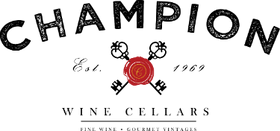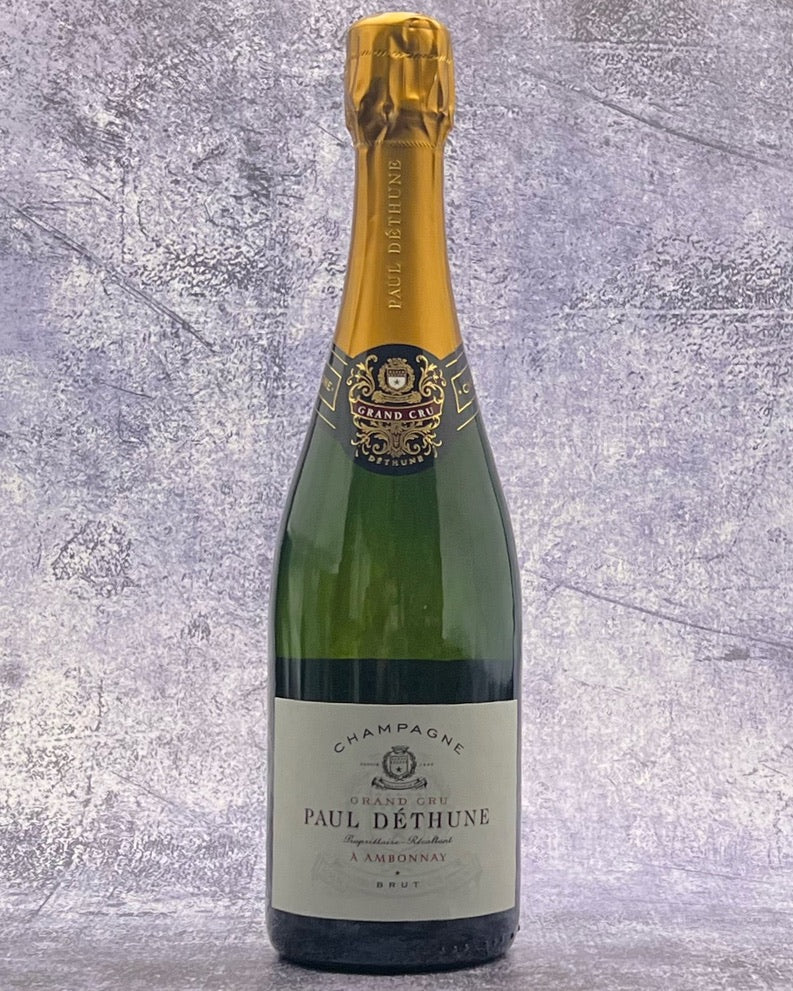Description
From: Champagne, France
Blend: 70% Pinot Noir, 30% Chardonnay
Taste: Seriously, get ready to be impressed. Rich yet lithe, this gorgeous champagne is our favorite bubbly to serve. Lovers of lean, mineral sparkling wines will adore the nervy, taut, citrus, white fruit (Asian pear, white peach) and ginger essence, while fans of rich, toasty champagne will flip out over the “brioche baking in your oven,” lemon cream, and elegant, tiny bubbles vibe. Balanced, chiseled, and delicious, this under $70/bottle champagne easily outperforms more recognizable champagne houses that charge much more— we won’t mention any names here. The only downside to this champagne is that this family doesn’t make much wine, so get it while you can.
Pairing: Roasted poultry, soft cheeses, seafood and anything fried are our go-to’s for pairing with this champagne. For poultry, go with simple, classic recipes but don’t skimp on the quality! Go to your local butcher; you’ll absolutely notice the difference. In the cheese category, lean into fresh cow and sheep’s milk cheeses (you can definitely lean into stinky cheeses too). If you can score cheese from Champagne, definitely do it. And, regarding seafood, our faves are crab or lobster ravioli or risotto, fried crab cakes or croquetas, scallops served just about any way (see below for recipe), shrimp or white fish served as dumplings, scampi, grilled, or incorporated into Vietnamese, Thai, or Cantonese cuisine.
Scalloped Scallops
Recipe from Rebecca Charles
Adapted by Matt Lee and Ted Lee
About Ambonnay. Vineyards and grape varieties: 387.1 hectares (956.5 acres), of which 81% Pinot Noir and 19% Chardonnay.
Classification: Grand cru (100%)
Noted for: good Pinot Noir from vineyards from rather high elevations.
Neighboring villages to Ambonnay
West: Bouzy (grand cru)
North: Trépail (premier cru)
Eastnortheast: Vaudemagne (premier cru)
Southwest: Tours-sur-Marne (grand cru cru)
The village. Ambonnay is situated in a very favorable location on the south side of the Montagne de Reims hill. This location is shared with the neighboring village, Bouzy. From the easternmost houses of Bouzy to the westernmost in Ambonnay the distance is just about 700 meters.
The vineyards consist almost exclusively of purely south-facing slopes on the Montagne de Reims, mostly with Pinot Noir. The vineyards of Ambonnay, together with those of Aÿ and the neighbour Ambonnay, are the source of some of the most powerful Pinot Noir wines of Champagne, thanks to these south-facing slopes. On the now-defunct échelle des crus, Ambonnay was rated 100%, which made it a grand cru village.
Champagne houses that control vineyards in the village include Duval Leroy, Moët & Chandon, Mumm, Piper Heidsieck, Pol Roger, Roederer, and Taittinger. Egly-Ouriet
The winery. From the very heart of Champagne with a 400 year lineage to boot: Paul Dethune. The Dethune family got its start in the village of Ambonnay in 1610, the same year Galileo Galilei discovered the first three moons of Jupiter and Louis XIII took the throne of France. This makes them one of the founding families of Ambonnay and older than all but the Gosset Champagne house. Fast forward to today and Pierre Dethune and his wife Sophie work at the vanguard of Champagne, both environmentally and socially. They installed solar and rain capture in 1999, and own 17.3 acres of Pinot Noir and Chardonnay all within the Grand Cru village of Ambonnay which they farm biodynamically. They have undergone the High Environmental Value certification, quite a feat for a small grower.
More on the winery. Paul Déthune (RM), member of Vignerons Indépendants, a well-regarded organic producer with 7 ha of vineyards, of which 70% Pinot Noir and 30% Chardonnay. The style is firm considering the proportion of Pinot Noir, and elegant. Annual production is about 50 000 bottles, and oak barrels – either large or small – are used for all wines.
The Déthunes started as growers in the early 1800s and began to make their own Champagne in the 1930s. The vineyards are planted in the ratio of 70% Pinot Noir to 30% Chardonnay and are farmed on organic principles – and hold the highest level HEV (High Environmental Value) certificate for sustainable viticulture. This immaculate 7 hectare domaine goes from strength to strength. Pierre and Sophie Déthune are friends of the Fournys and this Ambonnay domaine is amongst the loveliest and best cared for in the whole of Champagne.

